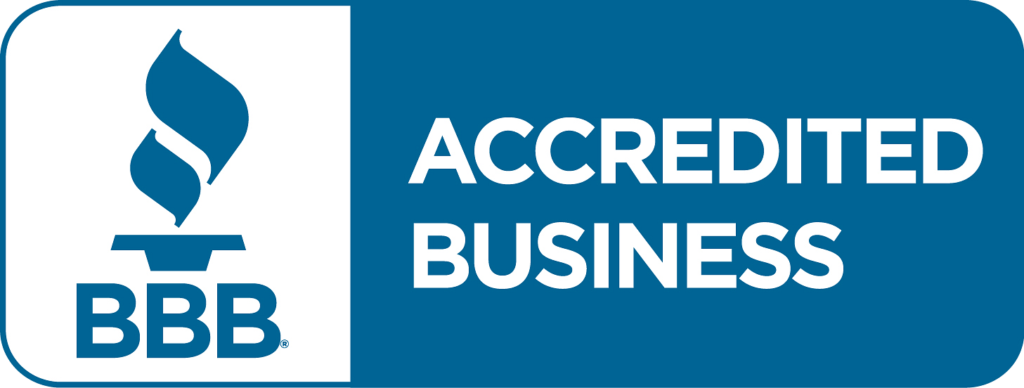Utility Patent Applications
By Affordable Patent Agency, LLC
- Home
- Services
- Utility Patent Applications
What is a Utility Patent?
By Dr. Bela Malik, Ph.D.
On the other hand, the classification of utility patents may include provisional and non-provisional categories.
Looking for a Trusted Utility Patent Agency? Call Affordable Patent Agency, LLC
Provisional Applications vs Non Provisional Applications
Understanding Utility Patent
Utility Patents Search
Patentability Assessment
Novel Invention: After completing the patent search, ascertain your idea is patentable. Determine if your innovation is new, meaning it has not been published or patented before your application filing date. If the prior art search uncovers similar patented products, we can help you identify novel and patentable aspects of your inventions.
Patentable Subject Matter: Your invention must be patentable subject matter. This topic is complex, but patentable innovations include machines, manufactured products, processes, and methods. In contrast, laws of nature, natural phenomena, and abstract ideas are not patentable subject matter.
Utility Patent Application Drafting
Utility patent applications need a precise and clear description of your innovation. A complete specification should include your invention’s components, functioning, and relevant drawings or diagrams. Also, clearly explain how to create and use the invention, including any required materials, techniques, or procedures. Draw or diagram essential inventive elements if relevant. Your patent claims should also specify your precise protection scope.
Application Filing
Patent Prosecution
Significance of Utility Patents
Exclusivity
Most importantly, utility patents provide inventors exclusive selling, making, and importing rights to their innovations for 20 years after filing, allowing inventors to profit from their inventions.
Innovation Incentive
Utility patents bolster innovation. Patents encourage innovators to spend time, effort, and money on innovative technologies, goods, and processes by granting a limited-time monopoly and offering a financial advantage through the patent.
Disclosure
An inventor must describe their idea in depth in a utility patent application to receive exclusive rights. By law, the patent owner must provide full disclosure in exchange for the limited-time monopoly granted. This disclosure must enable others to make and use the innovation.
During the application and award procedure, the patent office rigorously reviews innovations for novelty, non-obviousness, utility, and patentable subject matter eligibility. This oversight maintains industry innovation quality and reputation.
Infringement Prevention
A utility patent protects an innovation from unlawful use, manufacturing, sale, or import. The patent owners can sue for damages if someone uses the protected technology without authorization.
Market Edge
A utility patent can provide you with a commercial edge. It can increase market share and brand recognition. It also promotes a strong patent portfolio, attracting investors and venture capitalists.
International Protection
Utility patents allow innovators to protect their inventions worldwide because the inventors can file a PCT patent application using a utility patent priority date. For multinational firms, this is crucial.
Encourage Collaboration
Patents can also foster inventor-company collaboration. To use patented technology, licensing agreements, cross-licensing, and joint ventures might ensue. With this, they help advance technology and safeguard innovators. Patented items or technology also attract more funding for further research and development.
Provisional Patent Application
Frequently Asked Questions
1. What does a utility patent protect?
2. What is the cost of a utility patent?
3. Is a utility patent worth it?
4. What are utility patent examples?
5. What is a utility patent?
A utility patent, often known as a patent for innovation, is an intellectual property protection that covers novel and valuable methods, machinery, manufactured objects, formulations, and compositions.
6. Who may file for a utility patent?
Utility patents can be applied for by inventors (individuals or organizations) and assignees (those who hold legal ownership of the innovation).
7. What is the term of a utility patent?
Utility patents typically have a life of 20 years from the filing date, assuming maintenance costs are paid.
8. What are the fundamental prerequisites for acquiring a utility patent?
To be eligible for a utility patent, an invention must be innovative, non-obvious, useful, and is patentable subject matter. It should also be fully detailed in the patent application.
Hire a Reliable Patent Agent
In the intricate world of patent protection, the Affordable Patent Agency stands out as a valuable partner.
Our team boasts deep patent law expertise, ensuring your intellectual property is in capable hands. Whether you’re a seasoned inventor or new to patents, our competence guarantees top-notch support.
Wondering if your innovations qualify for patents and where and when to file them? We offer tailored guidance, helping you make informed decisions. Our expertise in crafting quality patent applications increases your chances of success.
Our prior art searches unveil existing patents and publications related to your idea, assisting you in assessing its uniqueness and patent-worthiness. We streamline the application process, meeting deadlines with professionalism.
For those with inventions deserving of utility patents, reach out to our Affordable Patent Agency today. Our free consultation ensures you’re on the right path to safeguarding your intellectual property effectively.
Looking for a Trusted Utility Patent Agency? Call Affordable Patent Agency, LLC
Affordable Patent Agency, LLC
4131 N. Central Expressway, Suite 900, Dallas, TX 75204
(855) 444-1946
Our Services
Looking to Patent your Inventions & Innovations?
Choose Affordable Patent Agency for all your patent needs & applications.
Resources
Contact Details
- (855) 444-1946
- info.affordablepatent@gmail.com
- 4131 N. Central Expressway, Suite 900, Dallas, TX 75204
- 400 Washington Avenue, St. Louis, MO 63102
- Greenway/Upper Kirby, 24 Greenway Plaza, Suite 1800, Houston, Texas 77046
- 10201 S Padre Island Dr Suite 102, Corpus Christi, TX 78418
